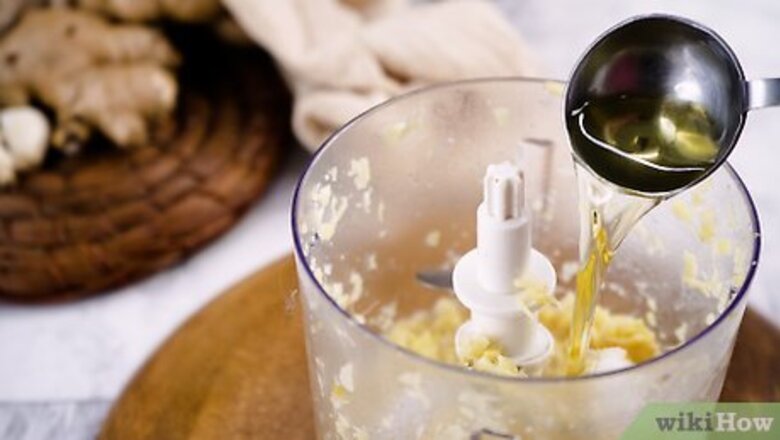
views
Adding Natural Preservatives
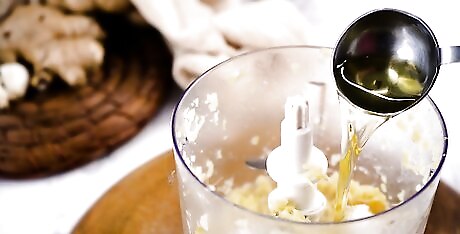
Add salt and oil to ginger garlic paste to make it last longer. You can alter the amount of salt and oil that you add depending on your taste preferences, but a good measurement is 1 tsp (4.9 ml) of salt and 1 US tbsp (15 ml) of vegetable or olive oil for every 1 cup (240 ml) of ginger garlic paste. Sprinkle the salt and pour the oil into the paste before blending it again to be sure it’s thoroughly combined. Not only will the salt and oil keep the garlic paste from spoiling too soon, but it will also keep the paste from freezing solid if you decide to store it in the freezer.
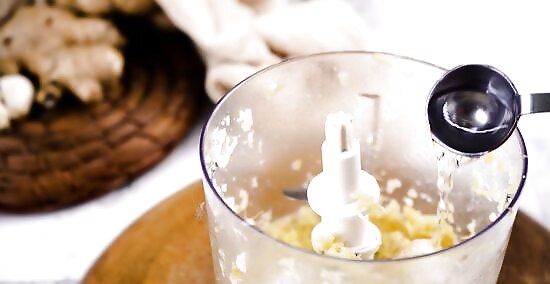
Use vinegar to keep the paste from turning green. If your ginger garlic paste does turn green, this doesn't usually affect its taste. But if you’d rather keep your paste from changing color, add 1 tsp (4.9 ml) or so of white vinegar to the paste. Mix it with a spoon or food processor to be sure it’s well combined. The vinegar will help preserve the taste too. You can use any type of vinegar, but white vinegar is best so it doesn't alter the taste or color too much.
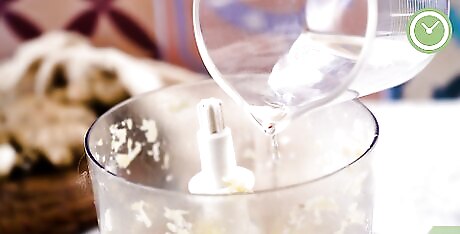
Avoid adding water to mix the ginger garlic paste together. Pouring water into your ginger garlic paste will cause it to spoil more quickly. Even though adding water makes it easier to combine and stir the ingredients together, try to use very little if you do choose to add it so you don’t reduce the shelf life of the paste.
Storing the Paste in the Fridge
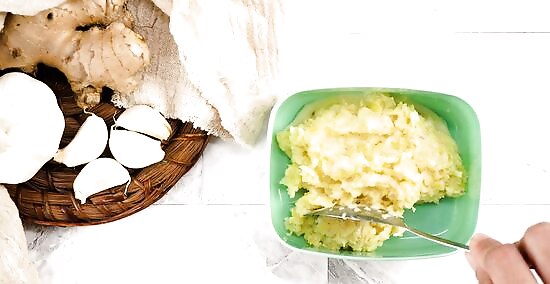
Place the paste in an airtight glass or plastic container. Use a towel to dry a glass jar or other airtight container as thoroughly as possible. Try to choose a container that will fit the amount of paste you have so there isn’t lots of empty space. Scoop the ginger garlic paste into the container and fill the container up before sealing it securely. Making sure your jar or container is completely dry before adding the paste to it will help prevent the paste from spoiling too soon.
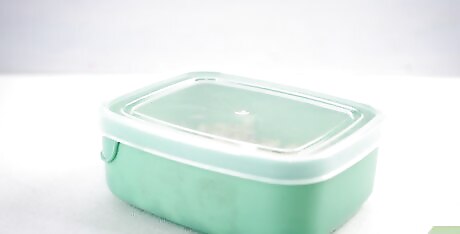
Store the ginger garlic paste in the fridge for up to 3 weeks. If you added natural preservatives like salt or oil to the paste, it should last in the fridge for 2-3 weeks. If you didn’t use preservatives, the ginger garlic paste might only last a few days before it starts to turn. Keep the ginger garlic paste container sealed tightly when it’s in the fridge.
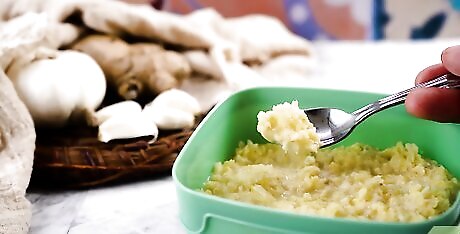
Taste the ginger garlic paste to see if it's turned bad. This is the best way to know for sure whether your ginger garlic paste has spoiled or not. The paste may turn a different color, but that doesn't necessarily mean that it's gone bad. Taste a little bit of the paste to see if it tastes normal. If it doesn't, spit it out into a napkin or paper towel and dispose of the rest. If you notice mold growing on the paste, it has definitely spoiled and should be thrown out.
Freezing Ginger Garlic Paste
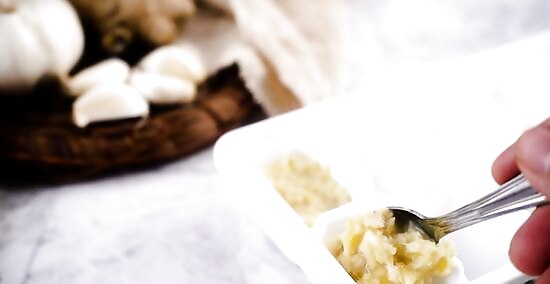
Put the ginger garlic paste in an ice cube tray to freeze it easily. This is the best way to freeze ginger garlic paste because you can easily separate the paste into individual servings. Scoop the ginger garlic paste into each cube of the ice tray, spreading the paste out so it’s evenly distributed. Use a dry spoon to scoop the paste into the ice tray. Purchase an ice cube tray from your local grocery, big box, or dollar store if you don’t already have one.

Scoop the paste onto a baking sheet if you don’t have an ice tray. Line a baking sheet with parchment paper and use a spoon to scoop dollops of the paste onto the paper. Spread them out so there’s at least 2 cm (0.79 in) of space between each dollop and make them as large or as small as you’d like. Each dollop should be roughly one portion. Cover the baking sheet and paste with cling wrap, if desired.
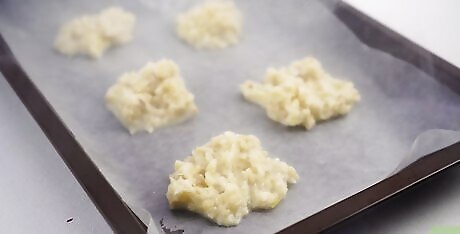
Place the tray or baking sheet in the freezer until the paste is frozen solid. Set the ginger garlic paste portions in the freezer on a flat, even surface so they don’t tilt or fall. Leave them in the freezer for at least 3-4 hours or until the paste is frozen to the touch. To test whether the paste is frozen yet, press down on a clump of paste using your fingers. If you’re able to squish the paste easily, it’s not frozen enough yet. Freezing the paste in small portion-sized amounts instead of in one container will make it easier to take out the amount that you actually need.

Take the paste servings out of the freezer and put them in a resealable bag. Once they’re completely frozen, pop the ginger garlic paste cubes out of the ice tray or remove the clumps from the baking sheet. Place them all in one large resealable plastic bag to be placed in the freezer for storage. Bend the ice cube tray slightly to help the paste cubes pop out, if needed. Make sure the plastic bag is sealed tightly after you place all the ginger garlic paste in it.
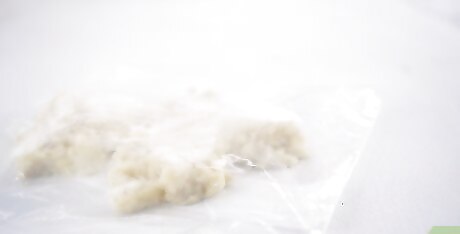
Keep the ginger garlic paste portions in the freezer for 2-3 months. When it’s stored in an airtight container with natural preservatives, your paste should last up to 3 months in the freezer. There's no need to thaw the paste to use it, so take out your frozen portion of ginger garlic paste and start cooking! Label the bag or container of paste with the date you froze it so you know how long it should last.













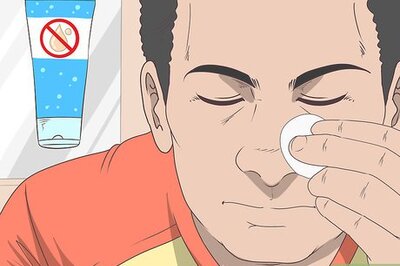




Comments
0 comment